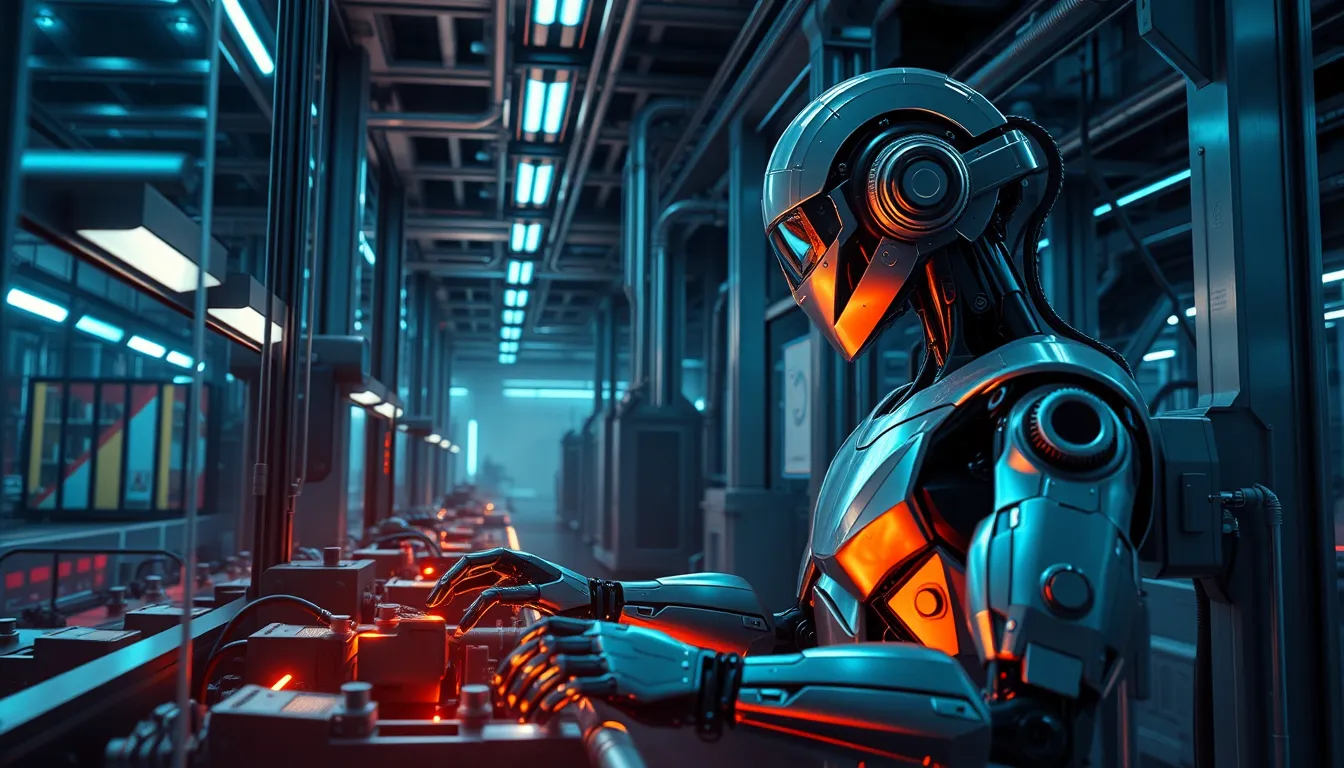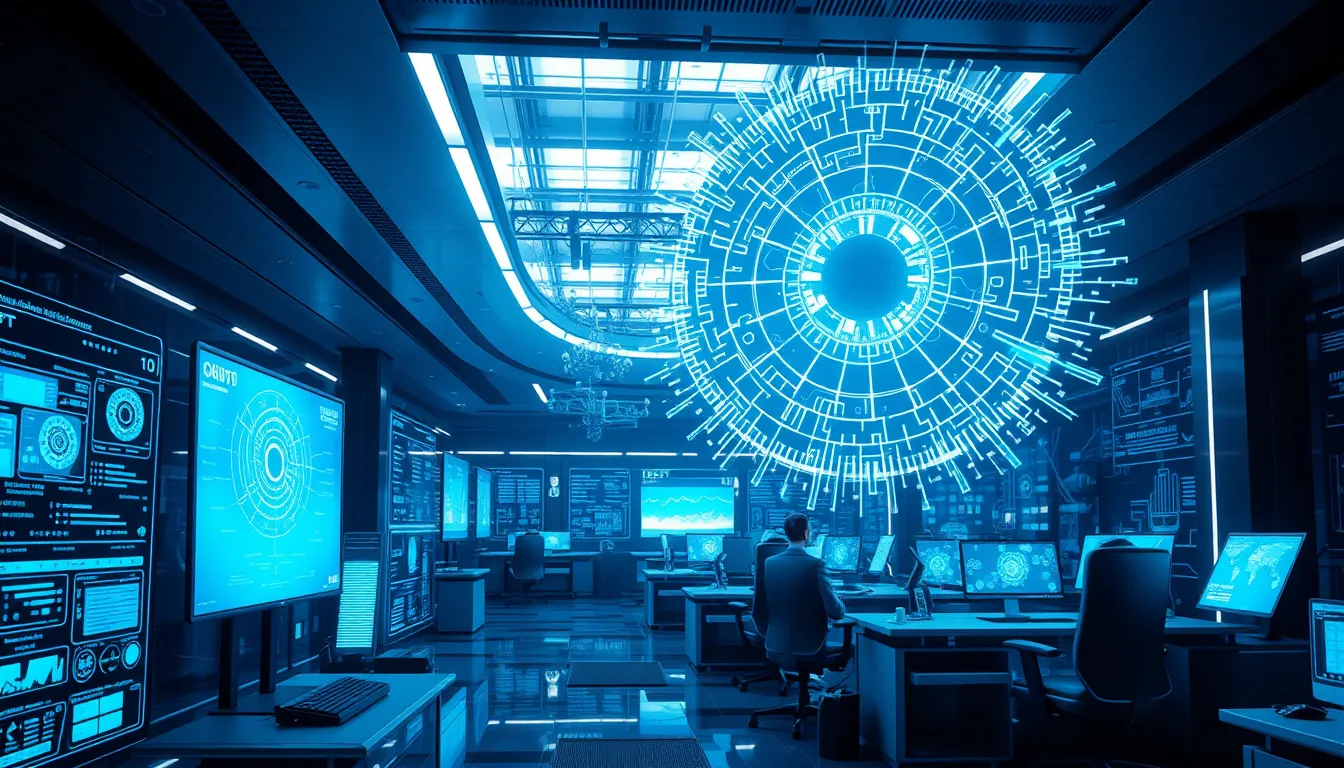Now Reading: Humanoid Robots Transform Factory Automation & Boost Safety
-
01
Humanoid Robots Transform Factory Automation & Boost Safety
Humanoid Robots Transform Factory Automation & Boost Safety

Humanoid Robots Transform Factory Automation & Boost Safety
Introduction
In the rapidly evolving world of manufacturing, humanoid robots are playing an increasingly pivotal role. With technological advancements in robotics and AI in manufacturing, these machines are transforming traditional factory floors. This article explores how humanoid robots are revolutionizing factory automation, enhancing both safety and efficiency.
The Rise of Humanoid Robots in Manufacturing
Humanoid robots are not just another technological trend; they are reshaping the future of industrial production. As labor shortages, increasing task complexity, and high production demands challenge traditional manufacturing, industries are turning to these advanced machines. Unlike conventional industrial robotics, humanoid robots are designed to emulate human capabilities, providing flexible automation solutions.
Benefits and Impact on Factory Floors
- Enhanced Safety: One of the most significant advantages of integrating humanoid robots is the boost in workplace safety. By taking over dangerous and repetitive tasks, these robots significantly reduce the risk of workplace injuries. This improvement in robotic safety paves the way for a safer work environment for human employees.
- Increased Efficiency: The precision and speed of humanoid robots improve production cycles. In many cases, robotic manufacturing systems can work around the clock, eliminating human error and downtime. This constant operation improves overall productivity and quality on factory floors.
- Cost-Effectiveness: Although the initial investment in robotics can be high, the long-term return in terms of reduced labor costs and increased output is substantial. As the integration of humanoid robots in production becomes more widespread, manufacturers enjoy a competitive edge in efficiency.
Integrating AI in Manufacturing
The integration of AI in manufacturing is a game changer. Advanced algorithms enable robots to learn from their environment and adapt to changes in production lines. This AI-powered decision-making process enhances the accuracy and speed with which humanoid robots perform their tasks. Moreover, combining AI and robotics leads to smarter diagnostics, predictive maintenance, and minimized downtime. For instance, industrial robotics systems now routinely use AI for monitoring production parameters and automatically adjusting operations to maintain peak efficiency.
Focus on Robotic Safety and Human Collaboration
Ensuring the safety of both robots and humans is paramount. Companies are investing in enhanced safety protocols and rigorous testing to ensure that the integration of humanoid robots does not compromise workplace safety. Here are some safety measures being implemented:
- Regular system checks and updates
- Real-time monitoring of robotic systems
- Advanced sensors and emergency stop mechanisms
By incorporating these features, manufacturers ensure that the transition to enhanced automation is as smooth and secure as possible. The goal is not to replace human workers but to create a collaborative environment where humans and robots work side by side. This integration can lead to significant improvements in both productivity and workplace satisfaction.
Addressing Long-Tail Queries: How Robotics Improve Manufacturing Safety
A critical aspect to consider is how robotics improve manufacturing safety. Detailed studies show that with effective collaboration between human workers and humanoid robots, the rate of occupational accidents drops significantly. As robotics take over hazardous tasks, human employees can focus on more analytical and supervisory roles. This shift not only enhances safety but also contributes to better job satisfaction and professional growth.
Challenges and the Road Ahead
Despite the many benefits, certain challenges remain. Integrating humanoid robots into established manufacturing systems requires significant changes in operational processes. There are concerns regarding the economic impact due to potential job displacement and the higher initial costs of implementation. However, these challenges are being mitigated by robust re-skilling programs designed to help workers transition into new roles in robot maintenance, programming, and system analysis.
For further insights on these emerging trends, a detailed report published by Wired offers comprehensive data and expert opinions on the subject.
Conclusion
The future of manufacturing is not solely about replacing human efforts with machines but about creating a harmonious blend of human intellect and robotic precision. Humanoid robots, when integrated with modern AI systems, have the potential to unlock unprecedented levels of efficiency and safety on factory floors. Through strategic implementation and continuous innovation, manufacturers can look forward to a future where technology not only supplements human labor but also drives a new era of industrial excellence.
In summary, as the integration of humanoid robots across factory floors becomes more prevalent, it is imperative for industries to embrace change — adapting to advanced robotic manufacturing, prioritizing safety, and leveraging AI in manufacturing to remain competitive in the global market. With the right policies and collaborative efforts, the rise of humanoid robots can herald a renaissance in industrial innovation, paving the way for a resilient and efficient manufacturing future.

























